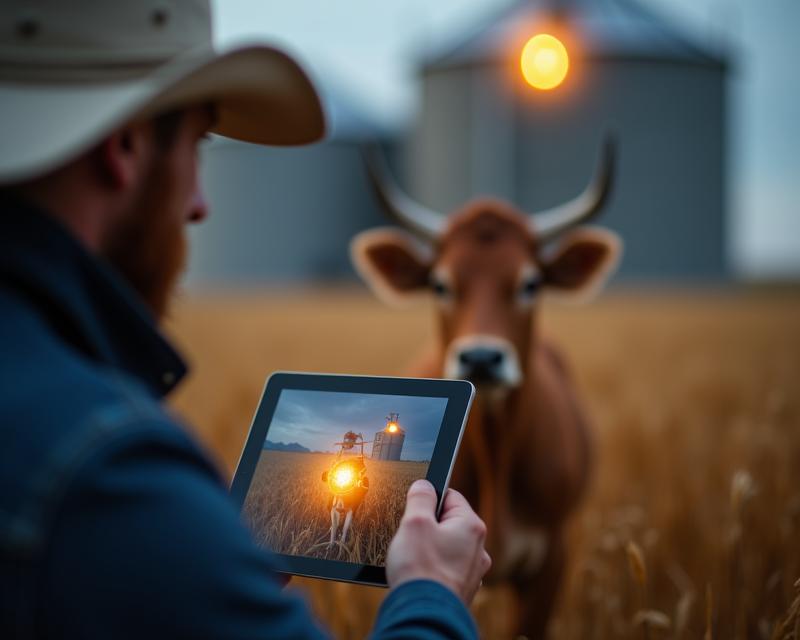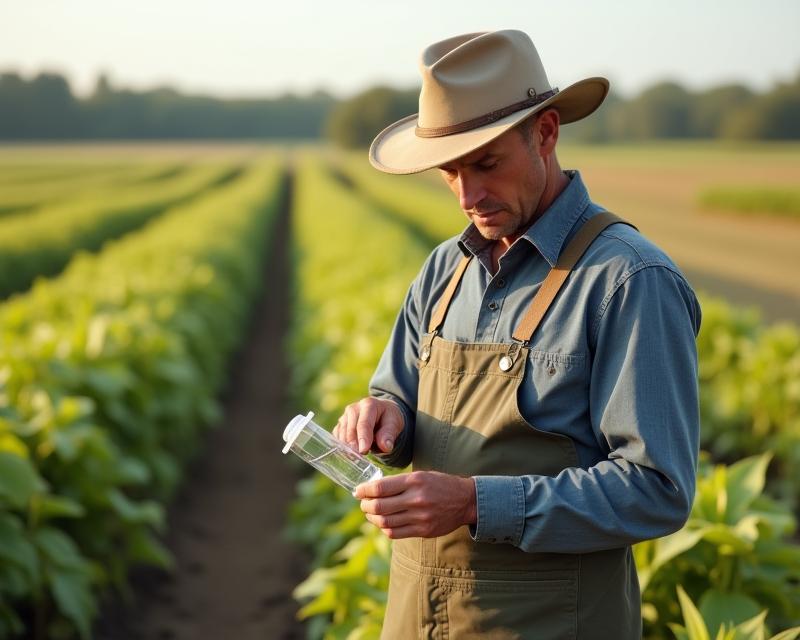Smart Silos: Tech for Better Grain Storage
Publish in Agriculture el 21/07/2025 00:50
Smart Silos: Tech for Better Grain Storage
For generations, farmers have relied on traditional grain silos to store their harvest. But what if you could take a more proactive approach to protecting your valuable grain? Enter the world of IoT (Internet of Things) sensors – a game-changer for modern grain storage!

Imagine being able to constantly monitor the temperature, moisture levels, and even pest activity inside your silo, all from your smartphone. That's the power of IoT sensors. These small, inexpensive devices are placed within the silo and transmit data wirelessly to a central system. This real-time information allows you to identify potential problems *before* they lead to spoilage or loss. High humidity can lead to mold growth, while fluctuating temperatures can damage the grain's quality. Early detection means you can take corrective action – like adjusting ventilation or implementing pest control measures – saving you money and ensuring a higher-quality product.
How do these sensors work? They’re incredibly simple to install and use. The data collected is often displayed on a user-friendly dashboard, providing clear insights into the silo's conditions. Many systems also offer alerts – notifications sent directly to your phone or computer – when conditions deviate from optimal ranges. This allows for immediate intervention, preventing costly losses. Think of it as having a 24/7 monitoring system for your grain, giving you peace of mind and control.
Beyond temperature and moisture, some advanced systems include sensors that detect pest activity. These sensors can identify the presence of insects or rodents, allowing you to target your pest control efforts more effectively. This reduces the need for broad-spectrum pesticides and minimizes environmental impact. Investing in smart silo technology isn't just about preventing loss; it's about optimizing your storage practices, improving efficiency, and contributing to a more sustainable farm. It's a smart investment for the future of your farm!





